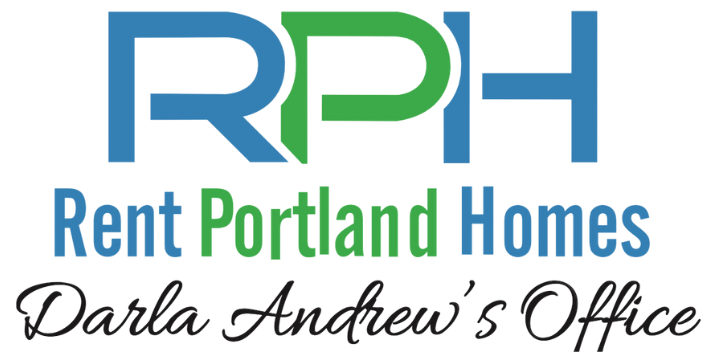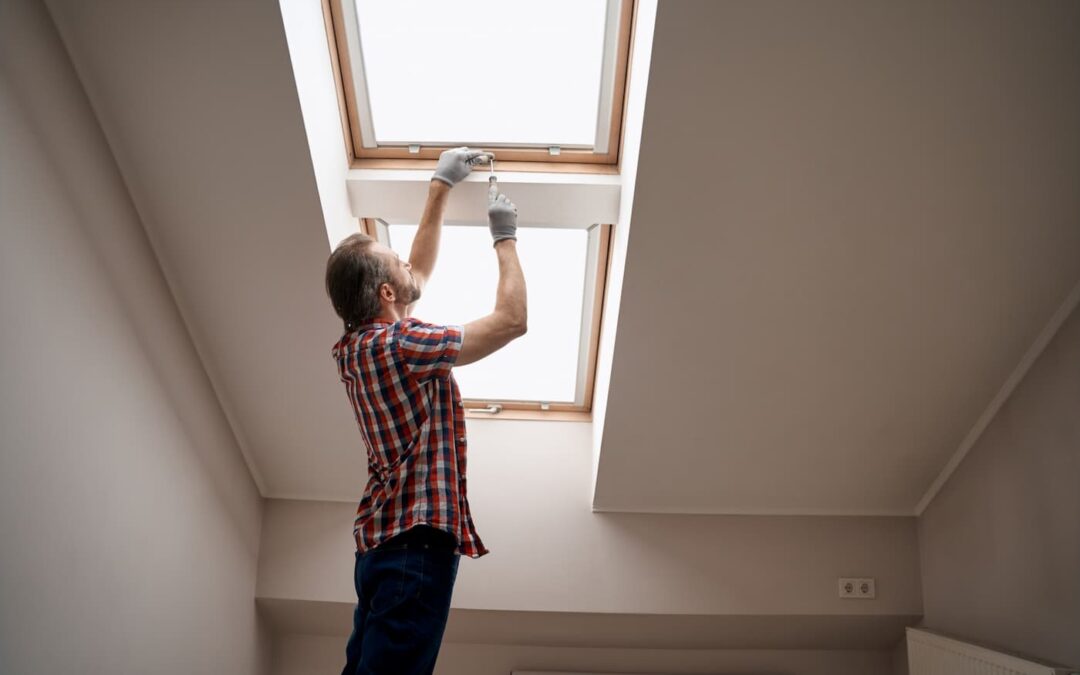Managing multiple properties means keeping an inventory of refrigerators, HVAC units, roof ages, and plumbing installation dates. And it means an exponentially increasing opportunity for unexpected breakdowns and potential disasters. So, what’s a property manager to do? Create a maintenance and repair process to reduce the risk of unplanned breakdowns and budget stress.
Efficiency and productivity are key factors in business success. While you may consider this more applicable to supply chains, assembly lines, or technology-heavy operations, efficiently maintaining properties will improve your overall productivity while reducing unexpected hits on your budget and bottom line.
A maintenance and repair process will:
- Improve Productivity – Spend time and energy on the right project at the right time. Bundle maintenance jobs for your own convenience if you’re DIYing it or for increased efficiency if you call in a specialist.
- Increase Asset’s Service Life – Routine maintenance increases the life and longevity of appliances, building materials, and landscaping materials.
- Plan for Emergencies – Emergency maintenance calls can wreak havoc on a budget. Maintenance allows you to build in time to save for repair and replacement costs.
- Maintain Safety – The safety of your tenants is a top priority. Maintenance helps you avoid floods, fires, and other safety issues that could cause tenant injuries or severe property damage.
Create a Maintenance and Repair Process
Preventative maintenance is the key to heading off most emergency repairs that can drain time, energy, and money. Take time to make a plan for methodically reviewing your properties in two categories.
- Type of Inspection: buildings, land, appliances.
- Timeline: seasonally, monthly, quarterly, yearly, upon exit of the current tenant.
Once you have identified the areas where routine inspection is needed, creating a reminder list is easy to keep you on track and prevent anything from falling through the cracks.
Building Maintenance
The EXTERIOR of the building takes the brunt of the weathering wear and tear. Check the manufacturer’s recommendation, but a good rule of thumb is at least once a year when the seasons change.
- Yearly Inspection: gutters, sump pump, termite presence, exterior paint, cracks in cement sidewalks and driveways, garage door, roof.
The INTERIOR of a building experiences different levels of wear and tear depending on tenants’ care and utilization of the spaces. Regardless of current residency, maintenance inspection should include:
- Monthly Inspection: smoke and carbon monoxide alarms.
- Yearly Inspection: pipes and fixtures, water heater.
Landscape Maintenance
Maintaining your landscaping increases property values and helps ensure safety around the property. But, it is also an investment in preserving the life of your appliances and buildings, so don’t skimp!
- Quarterly Inspection: shrubs and bushes around HVAC system, windows, and doors.
- Yearly Inspection: irrigation systems, decks.
Appliance Maintenance
Appliances are in constant use, and regularly scheduled maintenance is imperative if you want any assurance that you’re getting your money’s worth.
- Monthly Inspection: HVAC air filters, check and clean the dishwasher filter, and clean the garbage disposal.
- Bi-Annual Inspection: refrigerator coils cleaned (especially if there are pets involved), clean oven range and hood.
- Yearly Inspection: check for appliance leaks, vacuum out dryer exhaust, check fire extinguishers, and ensure washer and dryer are level due to vibrations over time.
Long Term Maintenance
Not everything requires yearly maintenance, so it’s easy for things to get missed. Think long-term and schedule ahead to reduce a surprise breakdown in the future.
- 2-5 Years: clean heat ducts, seal grout, professional termite inspection, caulking around doors, windows, and fixtures.
- 5-10 Years: paint exterior, replace dishwasher, kitchen sink, microwave, washer and dryer.
- 10-15 Years: replace water heater, garage door opener, fridge, range, smoke and carbon monoxide detectors.
- After 15 years: check roofing material, replace exterior decks, replace kitchen and bathroom faucets, install new HVAC unit.
The Repair Process
A regular preventative maintenance and repair process helps build trust and communication between the tenant and landlord, assuring both that the property is being taken care of and concerns will be addressed promptly. Creating a maintenance and repair process also helps eliminate the majority of emergency repairs you will encounter and allows you to schedule repairs at the convenience of your tenants and within your planned budget.
Partner With the Experts
Rent Portland Homes by Darla Andrew is one of the fastest growing and highest reviewed property management companies in the Portland metro area. Partnering with experts can help you shoulder the burden of wading through the details, lessen your stress levels, and increase the value of your properties. Call or text Darla Andrew today at 503.515.3170 to learn more about how we provide the support you need to confidently enjoy the rental process.


Recent Comments